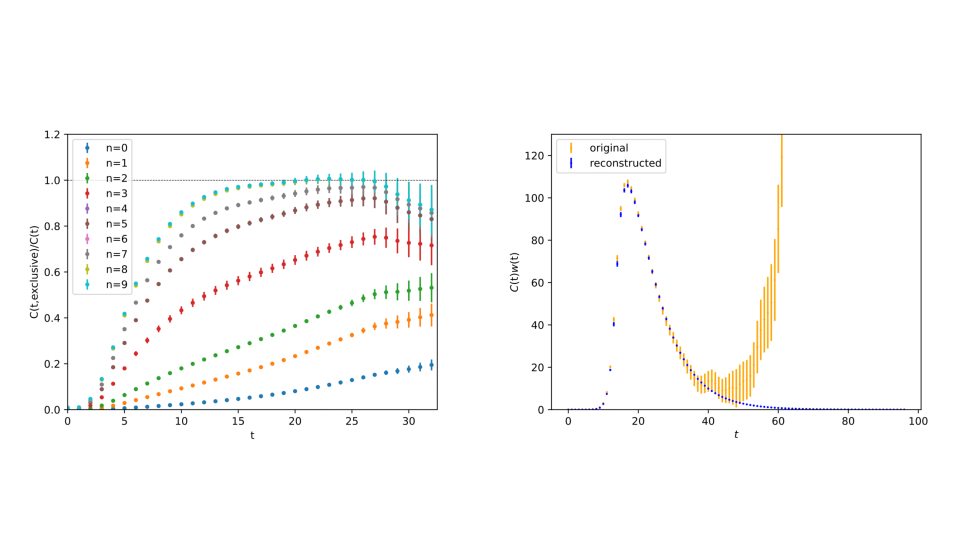
Simulation of Laser-Plasma Interaction in National Ignition Facility Experiments
Providing for the world’s energy demands is one of the most urgent and difficult challenges facing our society. Inertial fusion energy provides an attractive solution to the demands for safe, secure, and environmentally sustainable energy. The National Ignition Facility (NIF) is currently carrying out experiments to compress a mixture of deuterium and tritium (DT) to temperatures and densities high enough to produce fusion ignition.
The laser intensity at NIF is high enough that some of the laser energy backscatters off the target. Previous research quantified how overlapping quads—a grouping of four laser beams propagating in the same direction—impacted backscatter at NIF. pF3D, a massively parallel code that simulates LPI, is being optimized for Mira and should be ready to run efficiently using one third (or more) of Mira by early in CY14.
NIF has recently shot some experiments with high-density carbon capsules and with new hohlraum shapes. The backscattered light in these experiments differs in interesting ways from earlier experiments. Simulations produce synthetic data that can be compared to experimental data from NIF to gain insight into the generation of backscattered light.
The computational cost of a single quad simulation is much lower than a multi-quad simulation. Researchers plan to run several single-quad simulations to help identify the most interesting experiment. A three quad simulation of the chosen experiment is the key milestone for CY14.


